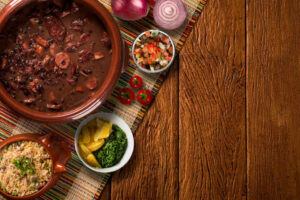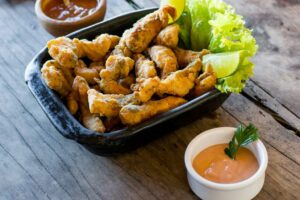In Brazil, football and barbecue These are two customs that already go together. If the game is between Brazil and Korea, the habit of roasting meat and other foods on the grill is even more justified. After all, Korean barbecue is also very traditional: it has a history of more than 2,000 years.
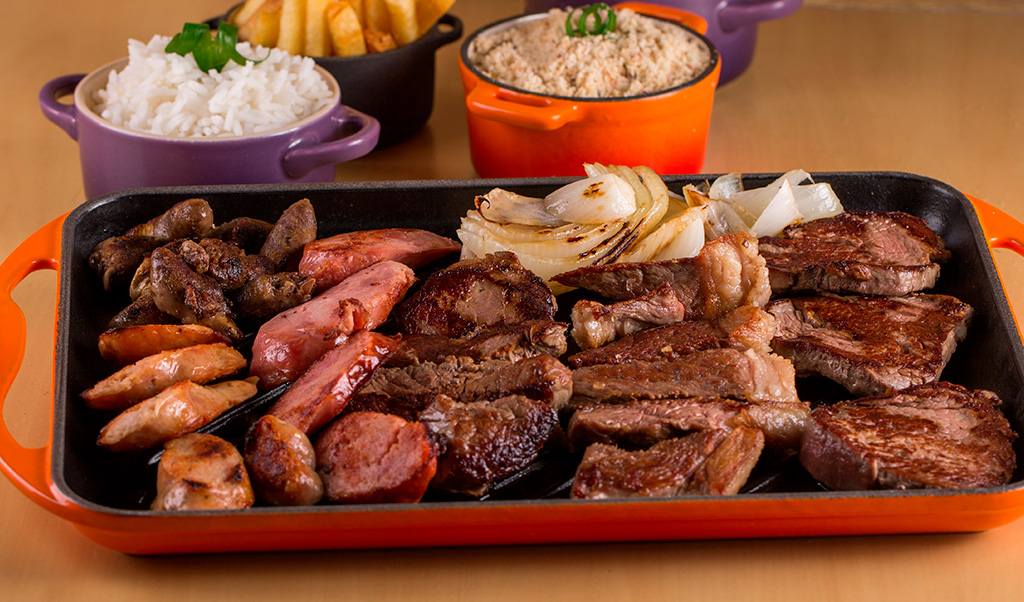
It was in the distant year of 37 BC that a group of wandering nomads left Central Asia to occupy the peninsular section where most of Korea is today, in northeast Asia.
During this journey, these travelers took with them a type of food that would keep them well nourished during the arduous journey. The dish in question, called Mekjeok, was meat that was previously salted so as not to spoil.
This was the first known Korean barbecue. Between the comings and goings of social and economic changes over time, the preparation gained new momentum with the arrival of slicing machines in Korea in the 1950s.
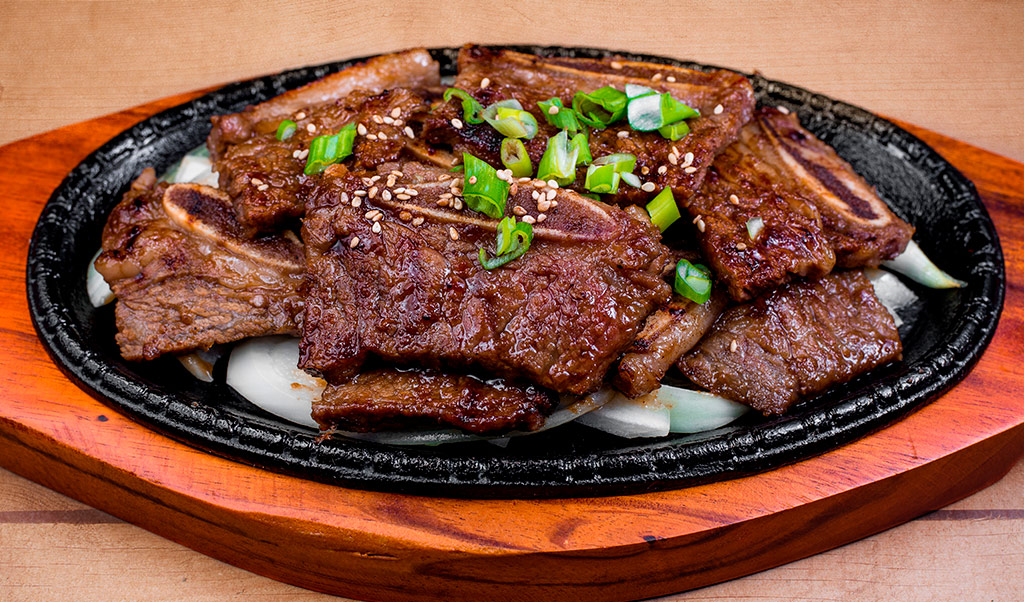
In slices
The American army was the one who brought this type of machinery to the eastern country during the Korean War. The introduction of this equipment in the region was decisive for one of the main characteristics of Korean barbecue today: it is enjoyed mainly in thin slices of meat. In the 1990s, the delicacy became popular once and for all in Korean lands.
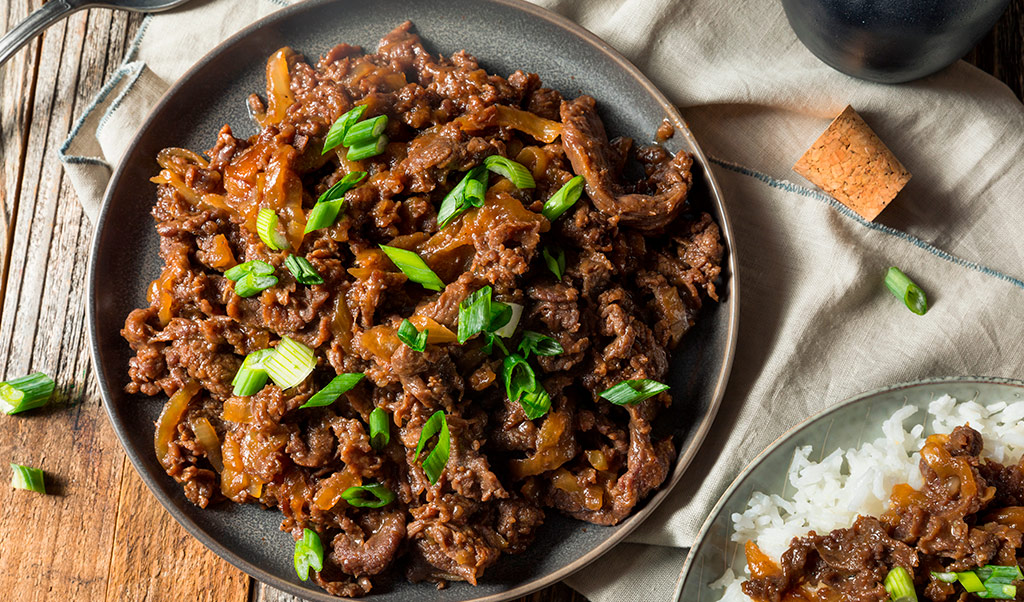
One of the main components of an authentic Korean barbecue is bulgogi. The dish can be made with beef rump or loin. The cut is marinated with ginger, garlic, onion, sugar, pepper and soy sauce. The recipe also uses sesame oil.
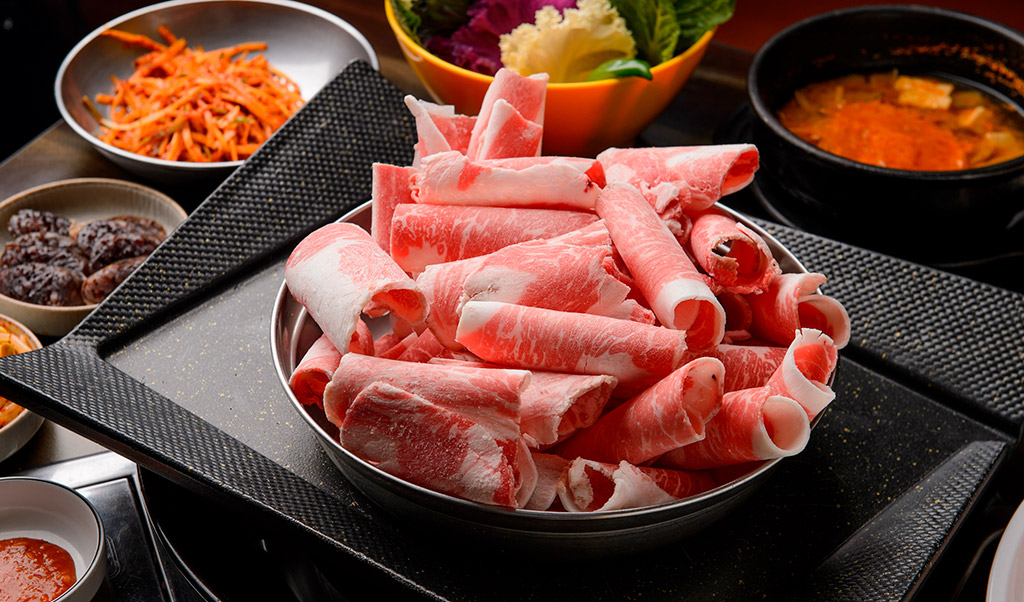
Beef belly (usangyeop) and beef brisket (chadolbaegi) are also cut into strips for Korean barbecue.
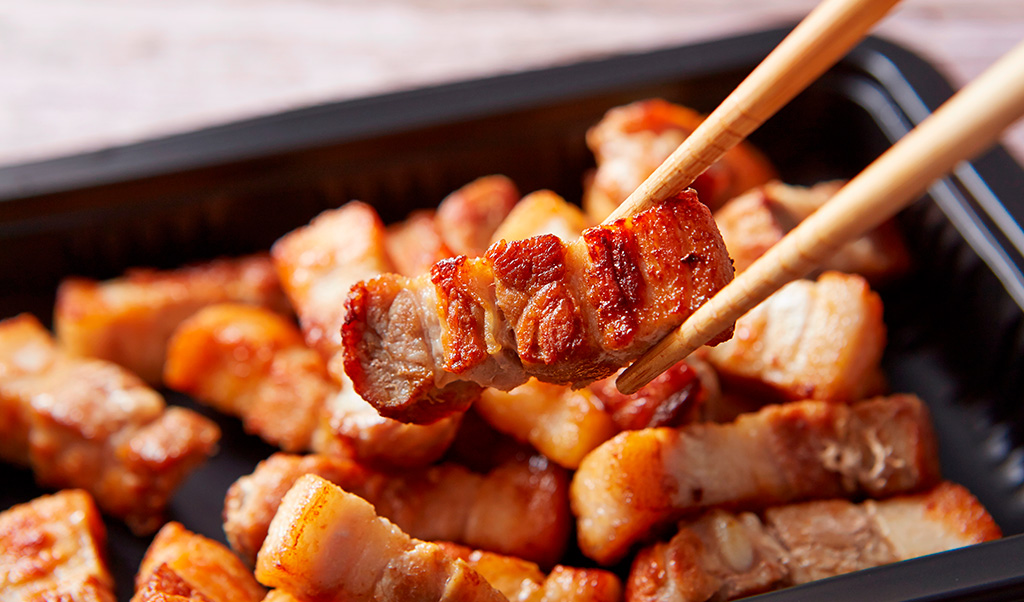
Another widely used meat is pork. Pork belly, known as sangyeopsal, is a favorite among lovers of good Korean-style barbecue.
Also popular is the short rib, or galbi, marinated in garlic and soy sauce and fruits such as pear and apple to accentuate the sweet and sour flavor of the dish.

Side dishes and drinks
There is no worthy barbecue, either here or in Korea, without the proper accompaniments. If, in the Brazilian style, rice, farofa, vinaigrette and garlic bread are among the champions, as the people themselves indicate iFood orders, the strength of the Korean way of “barbecuing” is green peppers, marinated vegetables such as watercress and spinach, dried and fried anchovies and even rolled omelets.

Beer is a classic when choosing drinks. At Korean barbecue, it is also common to serve the distilled soju and makgeolli, a rice wine.
Read too:
- From Japan to Morocco: what do zebras eat?
- Brazil x Cameroon: what foods we have in common
- What fans asked for in the market at the Brazil game
- Football World Cup: the most ordered foods on iFood on the day of the game in Brazil
